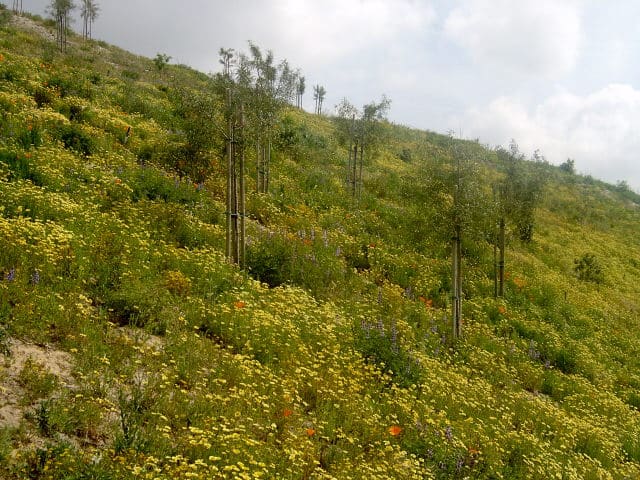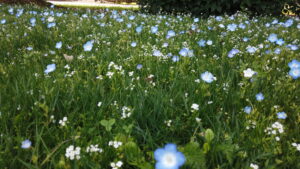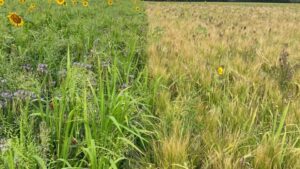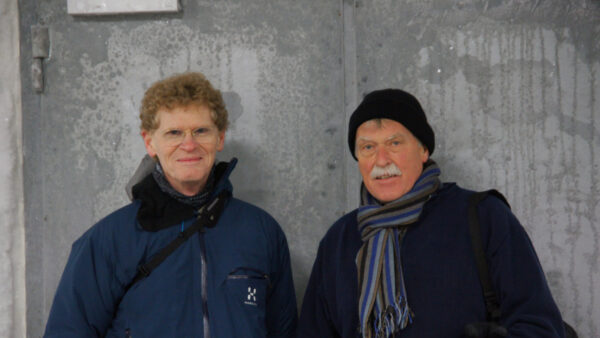In the last month, I’ve had a dozen or more conversations with potential customers about why their native seed revegetation plans are doomed to fail. It’s not much fun being the bearer of bad news, explaining that their seed is destined to serve as food for appreciative rodents and birds, to rot in the ground, or to germinate into tiny seedlings that wither and die.
The problem, I explain, is that success in any planting depends on working with rather than against nature.
Native plants are species indigenous (naturally occurring) to a localized region. Plants native to our southern California region have developed over millennia to best accommodate our dry springs, dry and hot summers, and moderate winters.
One critical survival adaptation most California native plants depend on is fall germination. ‘Cool season’ (fall germinating) plants start growth as summer heat wanes, allowing them to access fall and winter moisture and grow deeper roots before the dry spring and summer heat begin in our region. For exactly this reason, most plants native to southern California are cool season plants.
Here is the challenge:
Revegetation is one of the last components of a roadwork or development project. While many developers we work with care deeply about rejuvenating the landscape, the reality is that they face significant pressure to seed as soon as possible to complete a project, regardless of the time of year.
In the southern California region, seeding anytime other than fall is off-cycle for native plants except for a few easy-grow natives like California poppy. At best, natives seeded in winter, spring or summer will sit dormant, waiting for fall before germinating. Much more likely, however, planting at the wrong time will deplete your seed bank – sometimes very heavily – via disease, predation, untimely early sprouting, or other natural processes.
Unfortunately, poor outcomes due to seeding natives at the wrong time of year are often incorrectly associated with the native seed lot or the species itself. Management of the seed – how and when it is planted – is a critical component that must be assessed carefully when evaluating success in the field.
Ultimately, success with revegetation is about expectations. If you plant natives in spring, you will not achieve 80% cover inside of six weeks. In fact, you may achieve nothing at all, at least in the short term. However, if you work with nature, natives offer great opportunities for long-term success and enhanced sustainability.













